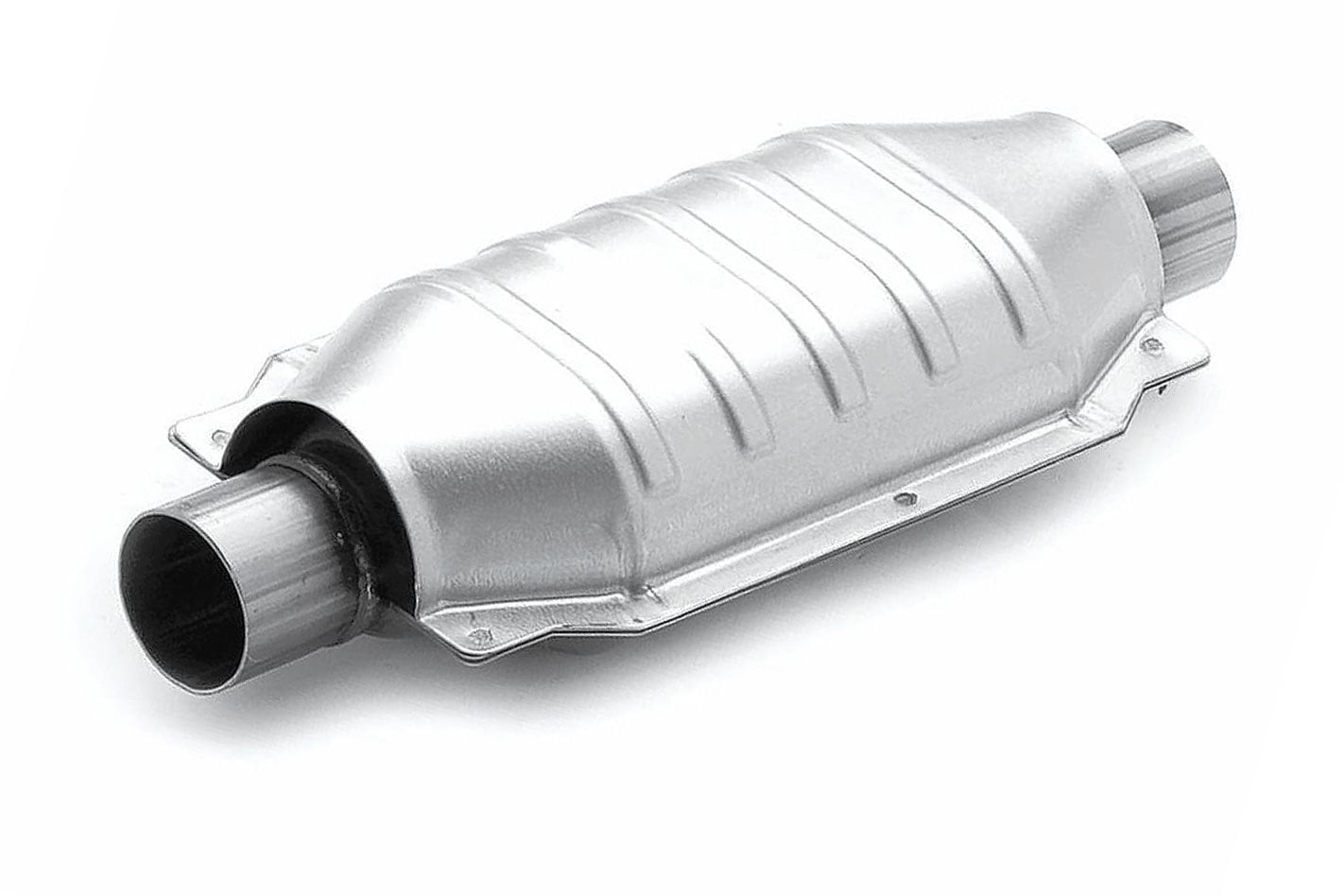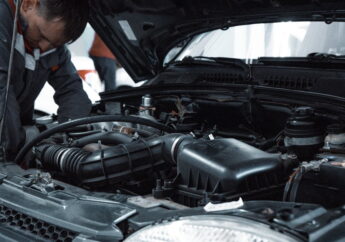When to Know if Your Car Needs a Catalytic Converter
by Mashum Mollah Automotive Published on: 03 May 2019 Last Updated on: 17 June 2022

The catalytic converter is a component in pretty much every car’s exhaust system. Its purpose is to reduce the harmful emissions released by the vehicle’s engine. However, it is something most car owners, even those who work on their vehicles, give very little thought to. Despite this, catalytic converters can be aftermarket performance parts when chosen well.
Generally, when any catalyst falls into trouble, there is a need to check the engine light, which is going to alert you. There might be a trouble code that gives off warning signals. As a matter of fact, trouble doesn’t mean that there is a need to replace the expensive catalyst. Moreover, you can also conduct some kinds of troubleshooting online if you want.
Let us take a look at the signs of a bad catalyst:
- Engine losing power
- Engine stalls when it is kept idle for a long time.
- Your car will smell just like rotten eggs.
- There will be a rattling sound that comes from underneath the vehicle.
These are some of the common signs that you must be aware of when your car loses efficiency and the interior parts also start disintegrating.
How Does a Catalytic Converter Work?
The catalytic converter reduces emissions by acting as a catalyst that turns the engine gases, specifically hydrocarbons, carbon monoxide, and nitrogen oxides, into carbon dioxide, water, nitrogen, and oxygen. The catalysts are platinum and palladium and they are coated in a ceramic honeycomb or ceramic beads.
In fact, there is a gas flow inside the converter and it passes through a dense honeycomb structure which is developed with ceramic coating catalysts. The entire structure allows the gas to flow and lets it touch a bigger surface area of the catalyst for one time. This is the way, they are all converted in a very quick and efficient manner. There are two different catalyst converters.
- The first one manages nitrogen oxide and reduces pollution with the help of a chemical process known as reduction. The entire system breaks the nitrogen and gases, none of them is harmful as they are already in the air that we breathe in.
- There is another different catalyst which works in the opposite direction of the chemical process, which is known as oxidation. The process is all about adding oxygen and converting monoxide to carbon dioxide. Moreover, a similar process also helps to exhaust carbon dioxide along with water.
When it comes to efficiency, these converters have one problem, they only need very high temperatures, otherwise, there will be no results. The temperature must be above 300°C/600°F. Earlier, these converters used to take more than 15 minutes to warm up, resulting in less productivity. But, now with modern technology, these catalysts take less time to warm up, and therefore, you can observe significant emissions.
Do You Need a Catalytic Converter?
The short answer is yes. In the United States, every car manufactured after 1981 is required to have a catalytic converter. Beyond this legal requirement, catalytic converters go a long way to reducing the harmful emissions from cars. So, even if you were able to skirt the law, you would likely be unable to pass emissions tests to be able to drive legally. Therefore, there is a necessity to have a catalyst as it is helpful o reducing harmful emissions from the vehicles.
Can the Catalytic Converter Affect Performance?
As part of the exhaust system, the catalytic converter affects the gases escaping from the engine and, consequently, the overall airflow through the engine. Minimizing the restriction on exhaust flow, and have the right exhaust back box in your car, is one of the simplest and most effective ways to improve performance.
Fortunately, the best catalytic converters are designed to minimize their restriction on airflow. So, you can get the best performance from your engine without letting off harmful emissions from your exhaust. The catalyst performs a very crucial function of filtering the harmful emissions, and therefore if that is not working, it is definitely going to hamper the performance of the vehicle.
Do You Need To Replace Your Catalytic Converter?
Catalytic converters usually last for 10 years or more. So, they typically don’t need to be replaced unless they get damaged. However, upgrading to a high-flow model can help boost vehicle performance. So, consider checking out the best catalytic converters for your vehicle to determine if it is the right upgrade for you.
Only when your catalyst becomes clogged, damaged physically or if it is not working in accordance with the engine oil coolant, then you might need to change the catalyst, other than that the life span of any catalyst is more than ten years as said in the above paragraph.
Read Also:
- Why Personal Car Insurance Won’t Cover Commercial Vehicles
- Buying Cars At An Auction: 5 Tips For First-Time Bidders
- How To Shop For A Car With Your Teen Driver?
Featured image: whichcar.com.au



































































































